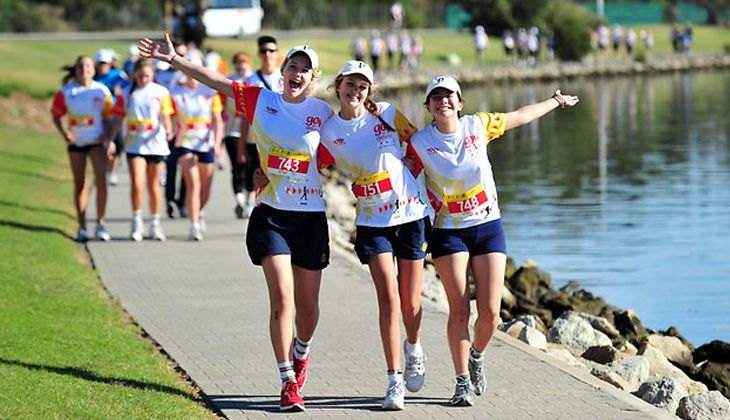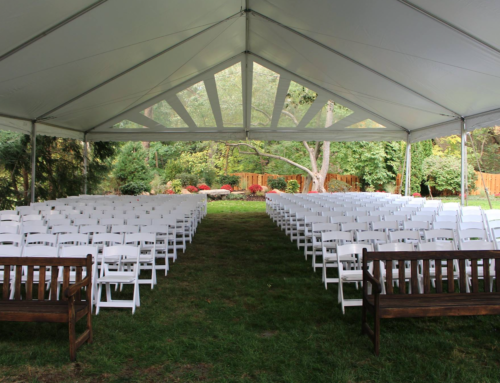Charity events in any form are always popular, but increasingly, many organisations are choosing to recruit their fundraisers through more interactive events such as walks and runs. A charity walk or run is not only a healthy way for your participants to raise money for a good cause, but also a very visible way of publicising your charitable cause to the community.
The Planning Phase
Choosing a Route
When mapping out the course, first determine the type of event you would like to hold. Most fundraising events try to be as inclusive as possible because, simply put, more fundraisers translates into more donations for your cause! If your goal is to be as inclusive as possible that means you want people of all ages and physical abilities to be able to participate in your event. That said, when choosing your route it is a good idea to not only look at a map but get out there and actually walk the course yourself.
Saftey
Participant safety is something to strongly consider when mapping out your route. How much traffic travels along your route? Are there adequate pedestrian lanes that will keep your participants a safe distance from the traffic? Does your route require that your participants cross any especially busy streets? Is any stretch of your route undergoing construction? Will the course be open to the public making it easy for non-registered people to come in contact with your participants? A
Transportation
When choosing the location of your route, also keep participant and spectator access to transportation in mind. If you want crowds of spectators to turn out and easy access to the event for your participants, make sure that the course is in close proximity to public transportation and parking for those who have automobiles. If your event is not in a metropolitan area, it may be a good idea to hire busses and choose some meet up locations where people can catch a ride to the event site.
Resources and Staff
The number of participants and spectators you expect on event day as well as length of course are the two main factors that will determine the size of your volunteer staff and resources needed. Here is a list of items commonly used by event walking and running events:
- Two way radios
- Rope, tape and cones for course marking
- Signage for start and finish areas
- Signage for services and support areas
- Portable toilets
- Trash cans
- Food
- Water
- Tents
- Tables
- Stage for awards ceremony
- PA system
- Generator
Legalities of a Charity Walk or Run
There are several legalities to consider when planning a charity walk or run. Now that you have chosen your route, have you looked to see if you need permission to use this planned route? You may need to speak with the local council or the person who owns the land. Have you checked to make sure there are no other events planned on your route come event day? Have you obtained liability insurance for your event? Ideally, your insurance should cover any medical problems that occur during the event as well as damage to the land and surrounding property. With the size of event you are expecting, are you required to schedule police presence or request road closures? Do you have permission from the organisation you are raising money for to use their logo and name?
After the Event
You and your staff may be exhausted after the long build-up to a successful event but believe it or not, you should already be thinking about next year’s event! Considering everyone had a great time, send out a follow-up email and offer your registrants a discounted rate for next year’s event if they register for it now. Or offer them a “returning participant” coupon that they can use when you activate next year’s online registration form. Another smart thing to do is send an online survey out to your participants and ask them what they liked and what can be improved upon for next year’s event. You can offer your participants a free gift or registration discount if they complete the form for you. This participant feedback is extremely valuable and will help you get a sense of the participant experience on the ground that many event organisers are so often shielded from on event day with so many administrative tasks to juggle.









Leave A Comment
You must be logged in to post a comment.